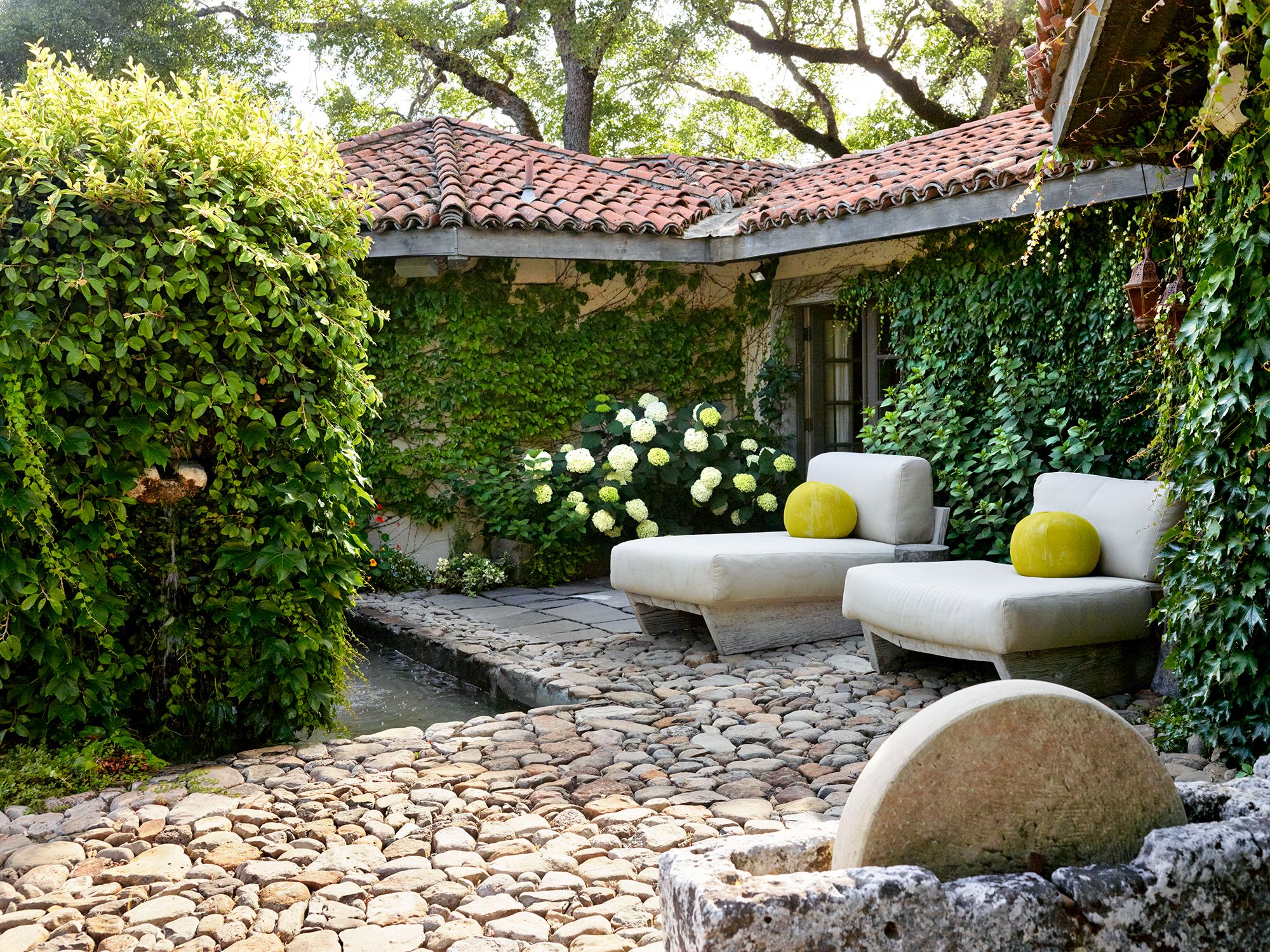
Embracing Timeless Elegance:
Mansard roofs have long been celebrated for their timeless elegance and architectural charm. Originating in 17th-century France, these roofs have remained popular throughout the centuries, adding a touch of sophistication to buildings around the world. Let’s explore the beauty of Mansard roofs and their role as elegant design solutions for modern homes.
A Brief History:
The Mansard roof, named after the French architect François Mansart, gained prominence during the Baroque era and became synonymous with French architectural style. Its distinctive double-pitched design, featuring steep lower slopes and nearly flat upper slopes, quickly became a hallmark of grand buildings and palaces in Europe.
Architectural Versatility:
One of the defining features of Mansard roofs is their versatility. Whether adorning historic chateaus or modern townhouses, these roofs effortlessly blend with various architectural styles, from traditional to contemporary. Their flexibility in design makes Mansard roofs an attractive option for homeowners looking to add character and visual interest to their properties.
Functional Design:
Beyond their aesthetic appeal, Mansard roofs offer practical advantages as well. The steep lower slopes provide additional living space or storage areas within the attic, maximizing the usable square footage of the home. This functional design element makes Mansard roofs particularly popular in urban areas where space is at a premium.
Enhancing Curb Appeal:
Mansard roofs are renowned for their ability to enhance the curb appeal of any structure. Their graceful lines and symmetrical proportions lend a sense of grandeur and elegance to the exterior, instantly catching the eye of passersby. Whether paired with brick, stone, or stucco, Mansard roofs add a touch of architectural sophistication to any home.
Modern Interpretations:
While Mansard roofs have a rich history rooted in classical architecture, they continue to evolve with modern design trends. Today, architects and homeowners are reimagining Mansard roofs in innovative ways, incorporating sleek materials, contemporary finishes, and sustainable features. This modern interpretation ensures that Mansard roofs remain relevant in today’s architectural landscape.
Energy Efficiency:
In addition to their aesthetic and functional benefits, Mansard roofs can also contribute to energy efficiency. The steep lower slopes allow for effective insulation, reducing heat loss in the winter and heat gain in the summer. This thermal performance can result in lower energy bills and a more comfortable indoor environment for occupants.
Iconic Landmarks:
Throughout history, Mansard roofs have graced many iconic landmarks and architectural masterpieces. From the Palace of Versailles in France to the Old Royal Naval College in London, these roofs have left an indelible mark on the world’s architectural heritage. Their enduring popularity speaks to their timeless beauty and enduring appeal.
Mansard Roof Maintenance:
While Mansard roofs are prized for their elegance, they require regular maintenance to preserve their beauty and structural integrity. Homeowners should inspect their roofs periodically for signs of damage or wear, such as missing shingles, sagging sections, or water leaks. Prompt repairs and routine upkeep can prolong the lifespan of Mansard roofs and ensure they remain a source of pride for years to come.
In Conclusion:
Mansard roofs are more than just architectural features; they are symbols of elegance, sophistication, and timeless beauty. Whether adorning historic landmarks or modern residences, these roofs continue to captivate with their graceful lines and classical charm. As homeowners seek to enhance the beauty and functionality of their properties, Mansard roofs remain a premier choice for those who appreciate the artistry of architectural design. Read more about mansard










